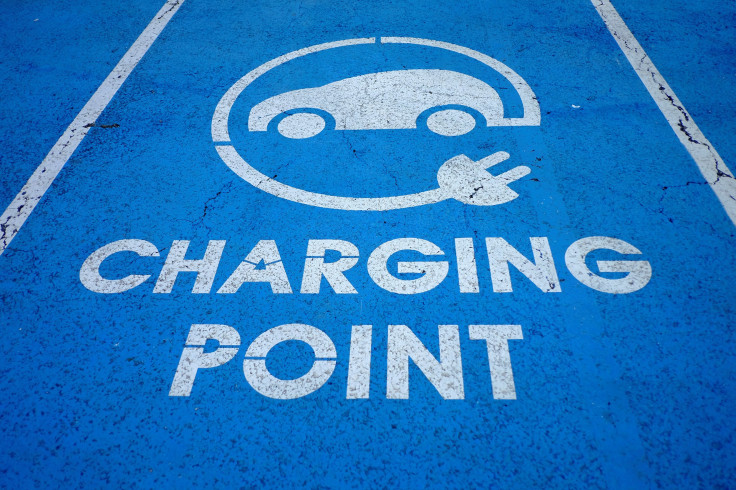Wireless Charging For Cars: Everything You Need To Know

The electric vehicle industry is set to go the way of smartphones — it is expected to embrace commercial wireless charging soon. Wireless charging using charging pads can extend the range of cars and make charging them pretty easy.
Wireless charging is the next step in the automotive evolution and is expected to make electric cars mainstream. It will also be a major differentiator between gas-guzzling vehicles and electric vehicles (EVs) since customers will no longer need to queue at charging stations.
In fact, many car makers are working on wireless charging more advanced then what is being currently offered for smartphones. To receive wireless charging, smartphones need to be placed atop a wireless charging pad — there needs to be physical contact between the device and the wireless charger. But wireless charging works differently for electric cars.
How it works is that an electric charging pad can be plugged into power and embedded in the ground. When an electric car is placed over it, it transmits the charge to the car battery wirelessly. But, the car battery needs an attached accessory to receive a charge. What’s important is that the car is correctly placed atop the charger — it does not need to be in physical contact with the charger.
Leading car makers, including Mercedes Benz and BMW, have invested in wireless charging pads and have showcased the technology for their electric vehicles.
But researchers are working on modifying the technology further and making it even more convenient and futuristic. Scientists from Stanford demonstrated a wireless charging pad for cars that could transfer electricity wirelessly to moving vehicles. This entails that your EV can be charged while it's being driven on a road equipped with such charging pads.
The research, published in the June 15 edition of the Nature Journal in a paper titled “Robust wireless power transfer using a nonlinear parity–time-symmetric circuit” showcases how a significant amount of energy can be transferred to a moving object. While the researchers’ model involved transmitting energy from a small distance to a moving light bulb, they are now scaling it to make it work for electric cars. The research could eliminate one of the biggest concerns about wireless charging — the driving range.
Currently, charging stations are not as widespread as fuel stations, so if you are going on a long drive, you risk running out of charge with no charging stations in the vicinity. The range then is just as long as you can drive an electric vehicle on a full charge.
This limits the range of these vehicles as opposed to fuel-dependent vehicles, which can be taken almost anywhere. The standard range of a fuel-driven vehicle is 600 miles as opposed to 238 miles on an EV.
There is no timeline available currently for wireless charging on electric cars. However, chances are that could see this technology being widely used by 2020.
© Copyright IBTimes 2024. All rights reserved.




















